In the 11th century, Petra lay abandoned. The silence of was broken by the arrival of the Crusaders in the early 12th century. Some Christian monks, who still inhabited the Monastery of St. Aaron on Jebal Haroun, the highest mountain in Petra area, asked King Baldwin I of Jerusalem for help as they were under threat from Saracen raiders on the ancient trade route. Baldwin then realized the strategic importance of this area, and established the district of Oultre Jourdain, an outpost of the Kingdom of Jerusalem. The people of the area resisted the crusaders and were punished by being smoked out of the caves in which they lived. (Albert of Aix, x,28-29, Ibn al-Qalanisi pg 81-82, William of Tyre xi, 29.
Castle building in Europe was very elementary at this time, and so the crusaders were awed at the Byzantine structures that they encountered on their way to the Holy Land. The Byzantines always had lots of manpower, but the Crusaders were faced with different problems. They were always short of manpower and could not maintain large garrisons. Their castles therefore had to be far stronger and easier to defend. Therefore they chose sites that could be used to their fullest advantage. Since scouts could not be spared to carry messages each stronghold had to be able to see and signal each other. Walls had to be thicker and taller to stand up to a direct attack. At the same time, the Crusaders brought their wives and children, so castles were not only military strongholds, but also their homes as well as the centers of government. In the West, castles were usually solid square keeps or donjons, a type perfected by the Romans. The crusaders changed castle architecture. They started using round towers as they offered a better field of fire and withstood bombardment better. The Crusaders added portcullis, bent entrances, chapels, storerooms, offices for civil servants, and much more.

In 1115 AD Baldwin returned to Edom and arrived at Shobak, which had trees, water, and some fertile spots. There he constructed a castle and left a garrison. This he called The Royal Mountain, Le Krak de Montreal. The following year he returned with many mules and supplies and pushed further down to Aqaba and the Red Sea. When the local residence fled at the sight of the Europeans, they occupied the town and constructed a citadel. He then sailed across to the small island Jesirat Far’un (Pharaoh’s Island) and built a second castle known as Graye.
To defend their new territory, the Crusaders built a string of fortresses in the eastern mountains (1142 AD). Defenses centered around the great castle of Kerak in Moab. It was superbly situated for dominating the only practicable roads from Egypt and western Arabia into Syria and it was not too far from the fords of the lower Jordan. Baldwin I had already established a look-out post down on the shore of the Gulf of Aqaba at Aila. (Elyn) Pagan later installed a stronger garrison there and at Petra. (The History of the Crusades, vol 2, Steven Runciman, 1994) In the area they called Li Vaux Moise, or the Valley of Moses (Wadi Mousa) the largest and strongest castle was built just outside Petra. This was known as Wueira. (Revue de l’Orient Latin, vol iv, pp 19) A smaller fort was built on al-Habis, a high point in the heart of the ancient city to complete their signaling sight-line to Jerusalem. The fortifications of Outre Jourdain were strengthened after several major clashes with Muslim forces culminating in the construction of the great Crusader fortress at Kerak (Le Krac des Moan) in 1142.
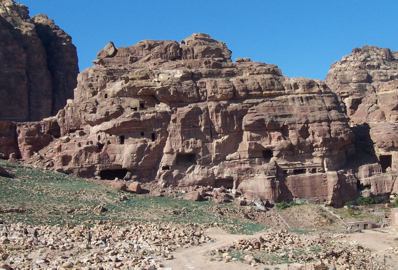
When Saladin entered the scene, he concentrated on capturing Frankish lords and then releasing them in exchange for their castles. One by one the castles fell into his hands. The Li Vaux Moise castle was abandoned in 1189, the last of the eastern fortresses to surrender to Salah ad-Din (Saladin). The Christian Pilgrim, Theitmar, refers to Petra’s fortresses in 1217 and several later Arab writers mention the former Crusader fortresses at Petra. The Arab geographer, Yaqut al-Hamawi, in 1225, lists castles named Al Wu’eira and Selah near Wadi Mousa. The Mamluke Sultan, Baibars passed through Petra in 1276 on his way to suppress a political revolt at Kerak. His chronicler, Muhdi el-Din Ibn ‘Abd el-Zaher, mentions the fortress of Al Aswit (probably Al Habis castle) at Petra.
During the following centuries sandstorms and floods eroded the monuments, and sand and debris flooded down the ravines burying much of the city under tons of debris. As far as the west was concerned, all knowledge of Petra and the Nabataeans was lost. Only the Bedouin who occasionally herded sheep near the canyons knew of the ancient city’s existence.




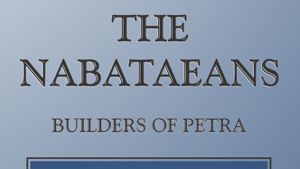



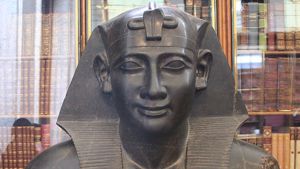



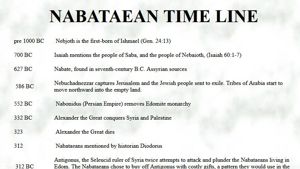

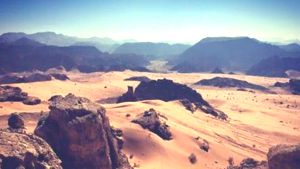

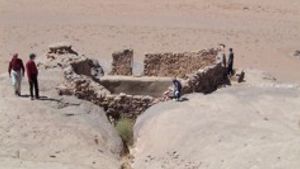
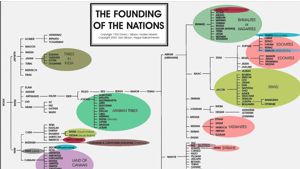
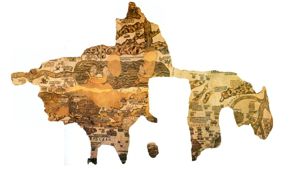
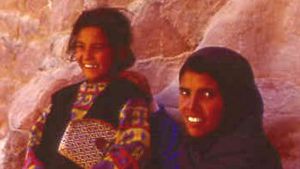
Page Discussion
Membership is required to comment. Membership is free of charge and available to everyone over the age of 16. Just click SignUp, or make a comment below. You will need a user name and a password. The system will automatically send a code to your email address. It should arrive in a few minutes. Enter the code, and you are finished.
Members who post adverts or use inappropriate language or make disrespectful comments will have their membership removed and be barred from the site. By becoming a member you agree to our Terms of Use and our Privacy, Cookies & Ad Policies. Remember that we will never, under any circumstances, sell or give your email address or private information to anyone unless required by law. Please keep your comments on topic. Thanks!